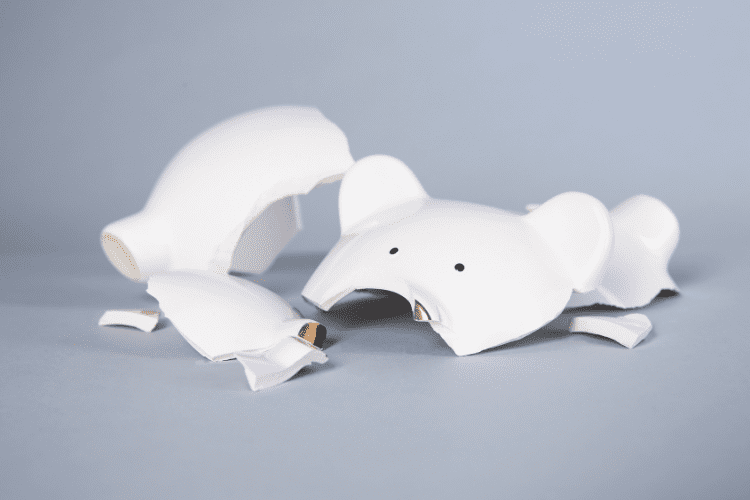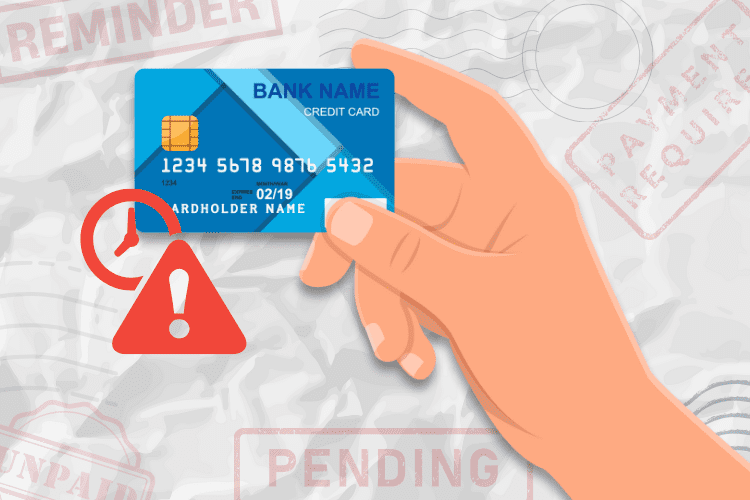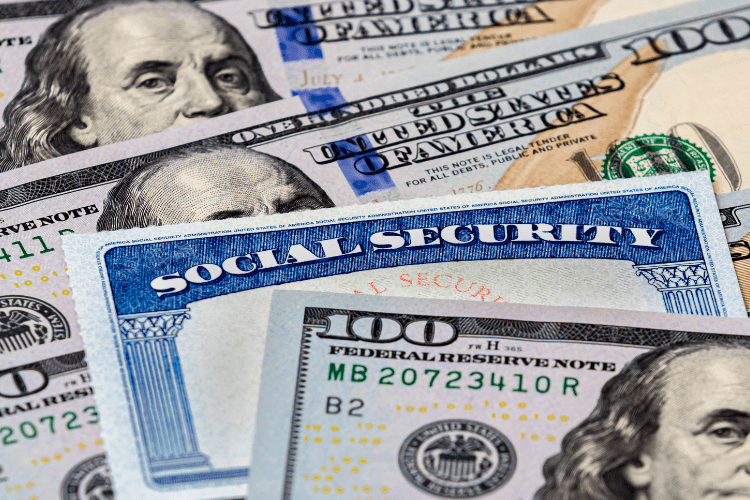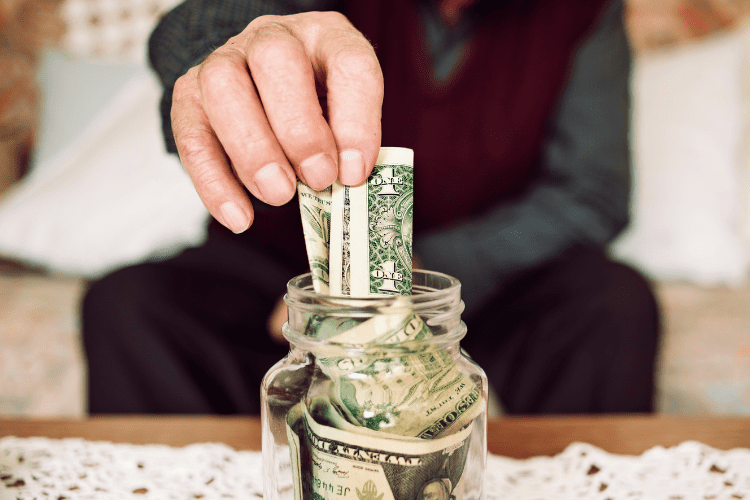Americans Have Nearly Burnt Through Their Pandemic-Era Savings. What Happens Next?

Remember the early days of the pandemic?
Many parts of our lives came to a sudden halt. Gone were the long commutes, weekend get-togethers, or even spontaneous vacations to far-flung places.
Despite the sudden lifestyle changes and endless lockdowns, many households were finally able to build some emergency savings.
For some, it was one of the first times they had a healthy bank account. Often coined as “pandemic-era savings,” this extra money gave many people confidence in their finances like never before.
But as research suggests, the extra cushion is finally reaching its end.
So how did we get here?
Let’s unpack what’s happening, why it matters, and what we can expect for our pockets and the larger economy.
How Did We Save So Much During The Pandemic?
If we go back to pandemic times, there was an undeniable shift in our lifestyles. We were stuck at home, non-existent coffee runs, and any travel plans were canceled.
We had nowhere to go, so our wallets finally got a breather for once. Millions of people were forced to save, leading to an accumulation of money sitting in the bank.
At its peak in August 2021, Americans saw a staggering $2.1 trillion on household balance sheets.
Where Did All The Savings Go?
As 2023 came in, the world began fully opening its doors.
Restaurants buzzed, travel restrictions eased, and most of us picked up where we left off. In other words, life was back to “normal.”
So what about those saved dollars?
Well, most of us were making up for lost time. From renovating our living spaces to finally going on that missed vacation, our spending habits surged.
But those savings weren’t going to last long. Data from the Bureau of Economic Analysis highlighted that many families overestimated their disposable income.
The once massive $2.1 trillion shrank to a paltry $190 billion by June and may even go lower if our spending habits don’t change.
How a Lack Of Savings Will Impact The Economy
In a way, the nation’s economy relied on these excess savings to keep it going. They acted as a buffer and helped avoid an economic meltdown.
Even when the Federal Reserve decided to hike interest rates and recent inflation, these robust savings kept consumers spending.
However, there’s no clear path forward as this financial buffer dwindles.
Some experts predict potential slowdowns in consumption, a weakened labor market, and heightened price sensitivity. In more extreme cases, a sluggish economy may even lead to a recession.
But one thing’s certain: our extended spending spree is finally ending.
When Will Pandemic-Era Savings Run Out?
Predicting the exact date feels like forecasting weather, but financial analysts have made their educated guesses.
For example, Federal Reserve Bank of San Francisco experts hint that these pandemic-era savings might end by the third quarter of 2023.
Time is ticking, and now’s the time for us to reevaluate our spending habits before it’s too late.
What Can We Expect Moving Forward?
With the golden age of excess savings drawing to a close, every household must consider its next steps.
From cutting spending to starting a new side hustle, there are plenty of practical ways to ensure you’re finally secure well after your pandemic savings dry up.
Whatever you do, what matters most is staying proactive and learning to adapt to the changing financial landscape.
The Bottom Line
While our pandemic-era savings will be a thing of the past, this era has taught us some valuable lessons. It highlighted the need to prepare yourself for anything that might happen.
Don’t let the pandemic or a slower economy stop you from having a healthy bank account. Every dollar saved or spent wisely is a step towards a brighter financial future!
Read More:










